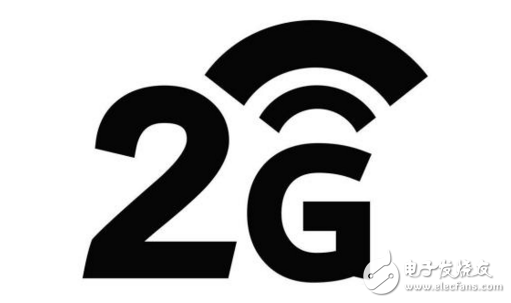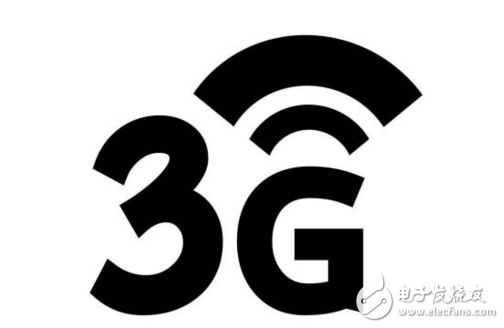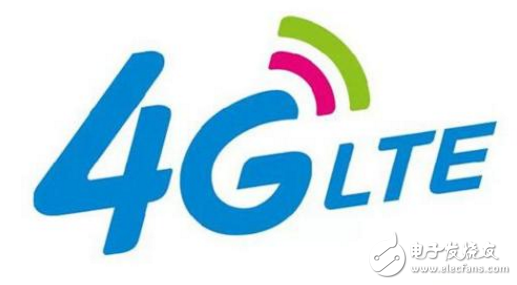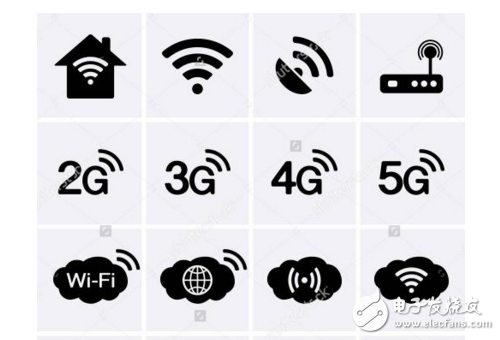The second generation of mobile communication technology is different from the previous generation, using digital transmission instead of analog, and improving the efficiency of the phone to find the network. The number of mobile phone users has increased rapidly during this period, and prepaid phones are popular.
The large number of base stations has shortened the spacing of the base stations and reduced the coverage area required for a single base station, helping to provide higher quality signal coverage. Therefore, the receiver does not have to be designed as a high-powered, compact mobile phone as before. During this period, the SMS function was first applied to the GSM platform and later extended to all mobile phone formats. Paid content such as ring tones has become a new point of profit growth.
GSM (Global System for Mobile Communications)
The most popular mobile communication standard system in the world. International roaming has become easier due to internal compatibility. 80% of the global 2G network is GSM, covering 3 billion people in 212 countries.

The biggest feature of the third generation of mobile communication technology is the use of packet switching (Packet Switching) instead of circuit switching (Circult Switching) in data transmission. A few years ago, a USB dongle was used to access the mobile Internet on a computer.
Circuit switching enables voice and other data transmission between the mobile phone and the mobile phone; packet switching converts voice and the like into a digital format, and transmits data packets including voice, video and other multimedia contents through the Internet.

By the 4G era, the java.lang.AbstractMethodError circuit exchange will disappear completely. All voice calls will be digitally converted to VoIP. Therefore, a call on a 4G network will depend on a wired or wireless network and does not necessarily require mobile signal coverage.

Since LTE is currently the most widely used in 4G, the change of 4G with respect to 3G is described in terms of LTE. The first is the big change in the network architecture. LTE abandoned the network structure of the base station-base station controller (2G)/radio resource manager (3G)-core network that 2G and 3G have been using, and changed the base station directly to the core network. The entire network is flatter, reducing latency and improving user experience. The core network has abandoned the circuit domain, and the core network has moved toward full IP, and the original service is unified by the IMS.
The key technology of the air interface also abandons 3G CDMA and changes to OFDM, which is more feasible and adaptable than CDMA in large bandwidth. Large-scale use of MIMO technology improves frequency reuse, and cross-carrier aggregation can obtain greater Spectrum bandwidth and thus rate increase, these technologies are important factors for LTE-Advanced to enter the 4G standard (4G requires 1Gb/s downlink and 500Mb/s uplink in quiescent state). Due to the demand for large spectrum bandwidth and the scarcity of spectrum resources in various regions of the country, 4G will see more frequency bands being used. In contrast, 3G is mainly in the 800/850/900/1700/1900/2100 frequency band. At present, LTE has become the mainstream of 4G in an absolute dominant position. The Wimax family can be said to be completely suppressed. Therefore, 4G is also very promising to end the chaotic situation of many generations of competitions over the years, and the LTE achieves a general unification.

1. The difference between network standards
The 3G license standard for 3G mobile phones is TD-SCDMA, and TD-SCDMA is called TIme Division-Synchronous CDMA (Time Division Synchronous CDMA). This standard is a 3G standard independently developed by mainland China; the 4G license standard for 4G mobile phones is TDD-LTE standard, TDD-LTE mainly uses time division, so the uplink and downlink equipment is different, which also causes more construction costs.
2. The difference between the networks
4G is faster than 3G internet! The function itself depends on the phone itself, supporting 4G network, no matter which system will support it! The advantage of 4G is that the Internet speed is fast and the videophone will be smoother. The construction of a comprehensive 4G network will bring a huge market for the construction of subsequent support systems (transport network, operation management, and computing center).
3. The difference in transmission speed
The maximum data transmission rate of 4G exceeds 100Mbit/s. This rate is 10,000 times of the current mobile phone data transmission rate and 50 times of the 3G mobile phone rate. The 4G network has about 20 times the downlink speed and load capacity of the 3G network. It will provide a broad market development space for the development of the mobile Internet industry.
System Integration,Monitoring System Battery,Anti-Theft System Battery,Hybrid Power System Battery
Wolong Electric Group Zhejiang Dengta Power Source Co.,Ltd , https://www.wldtbattery.com